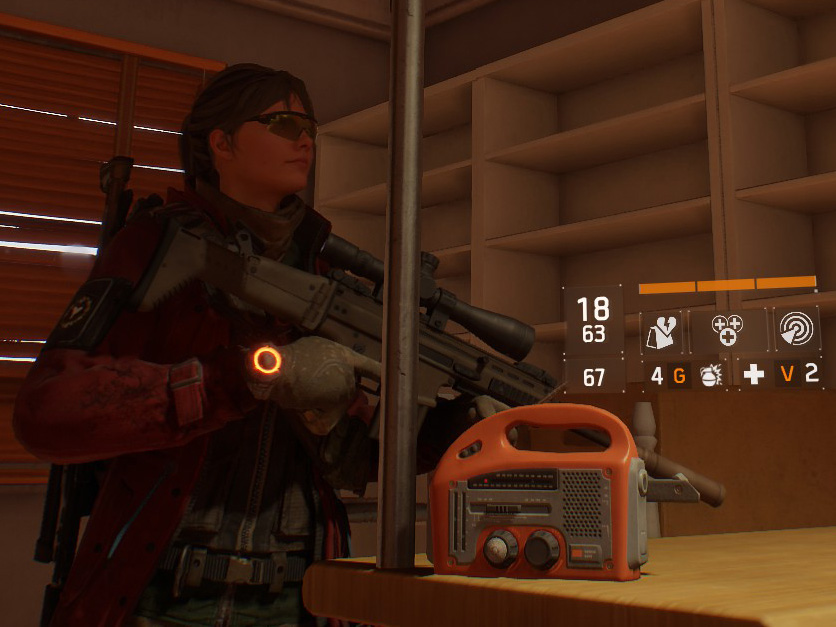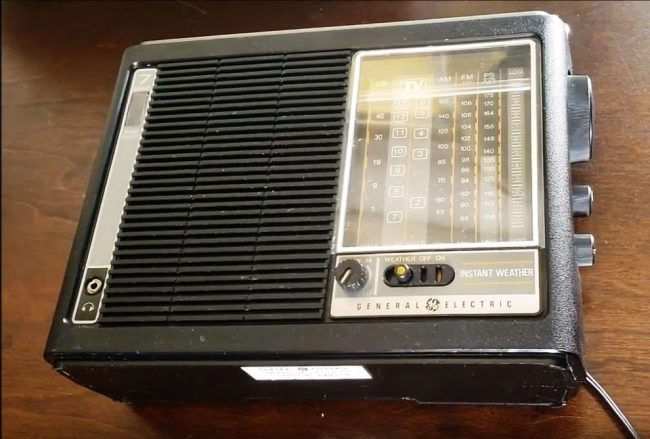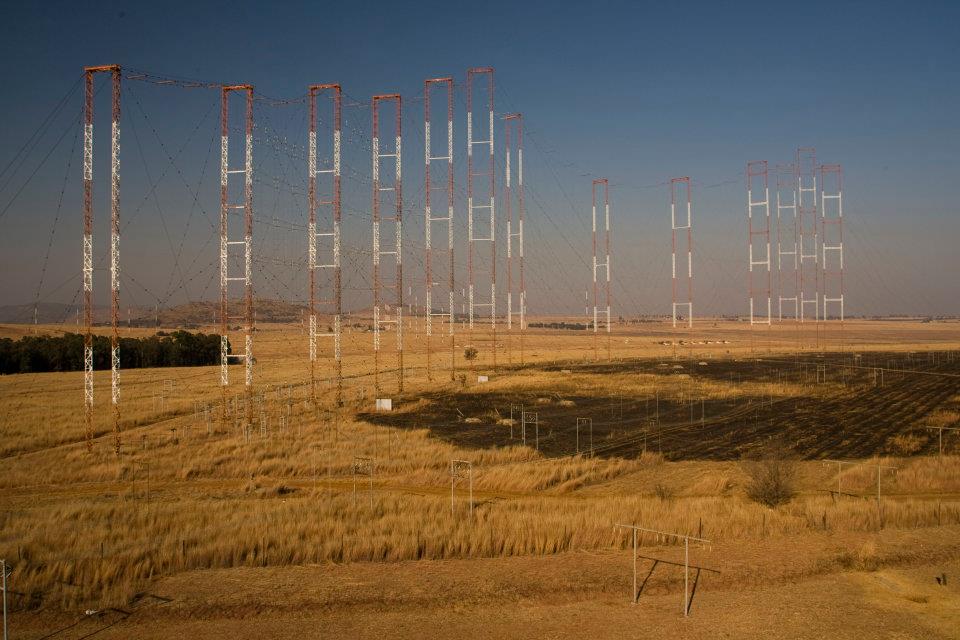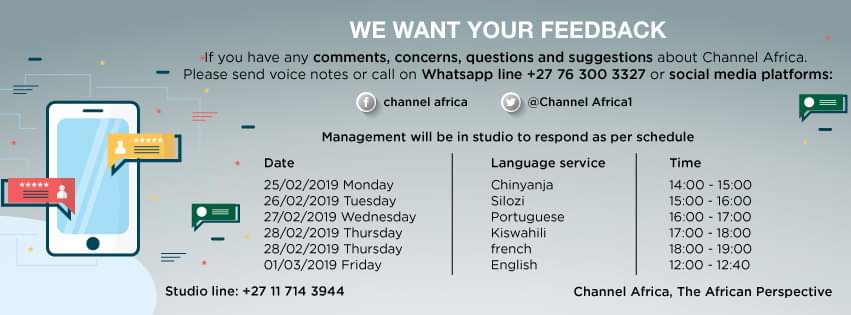Many thanks to SWLing Post contributor, Stan Horzepa (WA1LOU), who shares the following post originally published on his blog:
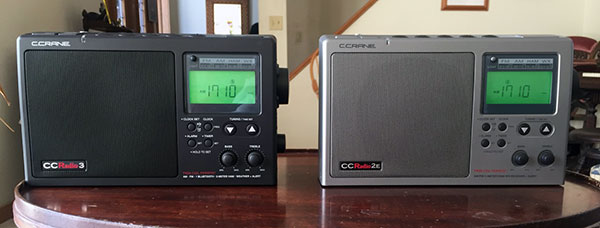
I bought a first-production-run C.Crane CCRadio3 AM/FM/WX/2-Meter receiver after reading K4SWL’s preview on his blog, The SWLing Post.
I already own the highly-regarded C.Crane CCRadio 2E Enhanced, which I reviewed here five years ago, so I decided to compare the two on the AM, FM and weather bands. Before comparing the two radios, I recalibrated the antennas of both radios, then with the radios sitting side-by-side, I tuned each radio through each band channel-by-channel
My findings follow.
On the AM band, the 3 captured signals faster than the 2E.
Occasionally, signals were stronger on the 3 than on the 2E and vice versa, but most of the time, the signal strength was the same on both radios. So I conclude that the sensitivity of the two radios are the same.
I tried the 3’s new Bluetooth function before reading the manual. I just pressed the Bluetooth button to access the Bluetooth mode and my iPhone and MacBook Pro found the 3 without pressing the radio’s Pair button, as instructed by the manual.
In conclusion, the differences I found between the 3 and the 2E were (1) the 3’s ability to capture AM signals was noticeably faster than the 2E and (2) the addition of the Bluetooth function in the 3.
I did not notice any other performance enhancements. I was hoping that the 3 might be more sensitive than the 2E (not that the 2E is not sensitive — it certainly is!), but I’d say that the 3 and 2E Enhanced are about equal sensitivity-wise, as well as selectivity-wise.
Believe it or not moments… During the comparison, I was very surprised that on two occasions (on 820 and 1500 kHz), each radio simultaneously received different stations while tuned to the same frequency!
Click here to check out Stan’s blog.
Thank you for sharing your thoughts after comparing the two receivers, Stan! I think this supports the idea that if one owns the CCRadio2E and doesn’t need Bluetooth functionality, there’s no real reason to upgrade to the CCRadio3. With that said, and as I think you found Stan, the Bluetooth functionality in the CCRadio3 is excellent. It must be one of the best Bluetooth receivers I’ve tested and as you point out, it’s also very easy to engage and use.
Thanks again!


